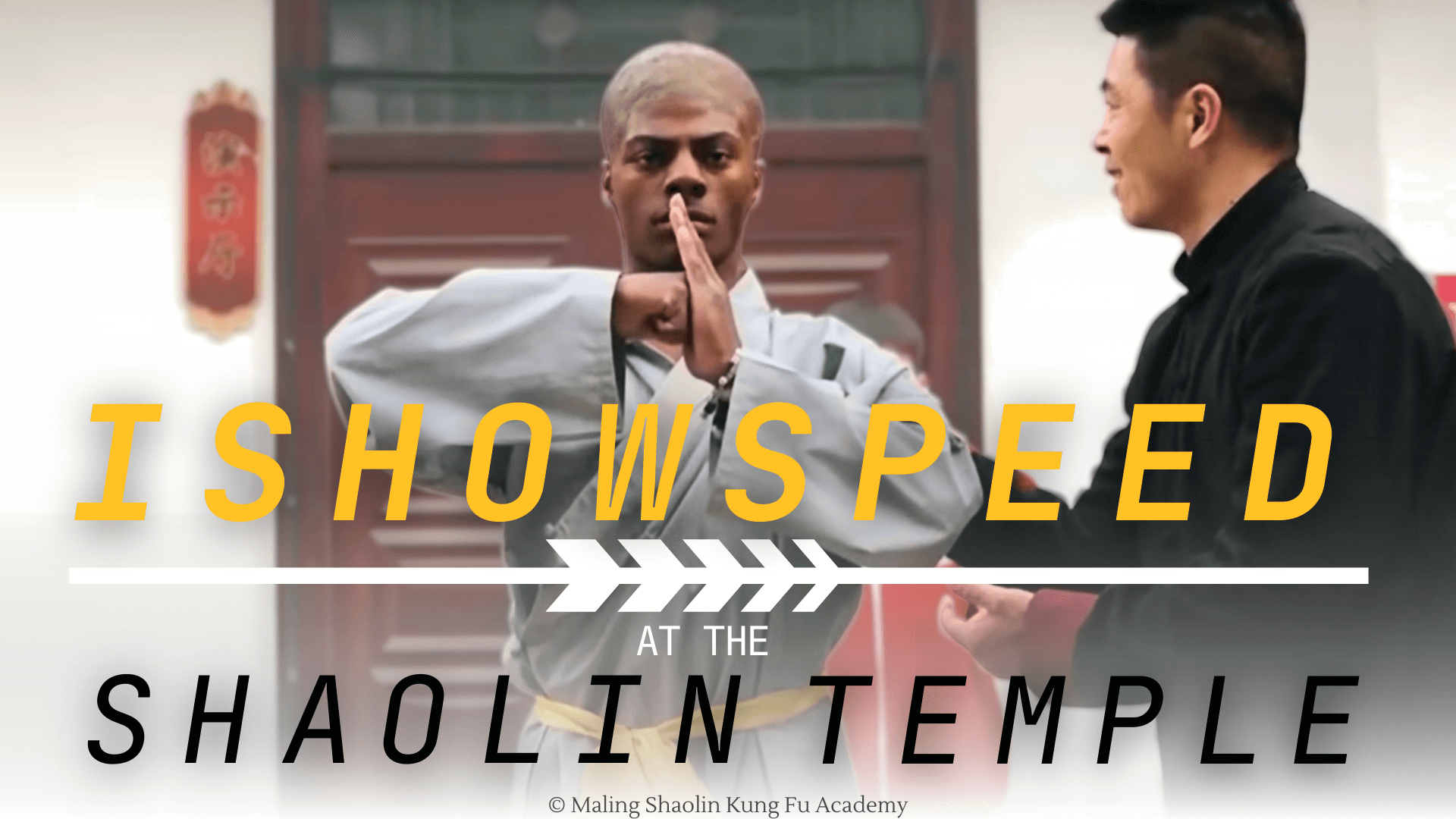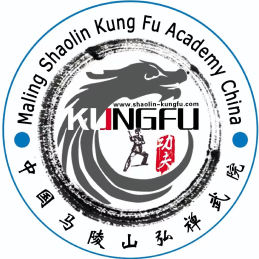LEARN THROUGH
OUR BLOG
At the heart of Shaolin Kung Fu lies Wǔdé (武德), the moral code that guides warriors to train with humility, fight with compassion, and live with purpose. In this post, we explore the ethical foundation of Shaolin training—from the virtues of respect and righteousness to the inner discipline of a still mind—and how these principles continue to shape martial artists around the world today.
In the final part of our series featured in Martial Arts Magazine Australia, we explore the incredible depth of styles, forms, and weapons taught at the Shaolin Temple. Far from being a fixed curriculum, Shaolin Kung Fu is a living archive—home to over 700 forms and a vast arsenal of traditional weapons. This section reveals how the temple preserves, adapts, and transmits martial knowledge through hands-on tradition, discipline, and purpose.
In Part 2 of our article series featured in Martial Arts Magazine Australia, we explore the five foundational categories of Shaolin training—neigong, waigong, yingong, qinggong, and qigong—and how they integrate into a holistic system that develops not only martial skill but energy control, physical resilience, and mental clarity. With insights from Master Shi Xing Jian and the Maling Academy, this section reveals the inner architecture of true Shaolin Kung Fu.
In Part 1 of our new series featured in Martial Arts Magazine Australia, we explore how the Shaolin Temple became a haven for martial artists across China—preserving, evolving, and synthesizing styles into what is now known as Shaolin Kung Fu. Discover why it’s said that “All martial arts under heaven come from Shaolin.
Spring in China offers more than just blossoms—it's a season of beauty, renewal, and celebration. At Beijing’s 36th Cherry Blossom Festival, visitors are treated to breathtaking flower displays, vibrant cultural shows, and unforgettable experiences under the petals. From aerial dances to Hanfu strolls, spring comes alive in color and tradition.
What do students do when they’re not training kung fu? From village dinners to mountain hikes, hanfu photoshoots to gaming nights, students at Maling Shaolin Kung Fu Academy share their favorite spare-time activities, hidden spots, and unforgettable moments. This collection offers a glimpse into the personal, playful, and peaceful sides of life at the academy.
Taolu, or martial arts forms, are more than choreographed routines—they're living manuals preserving centuries of combat, philosophy, and training. This in-depth article explores the evolution, function, and enduring value of taolu across Shaolin Kung Fu and other Chinese martial arts systems.
In a recent livestream, YouTuber IShowSpeed took viewers on a journey through China, including a fascinating visit to the Shaolin Temple where he trained under a kung fu master. Explore how IShowSpeed's experience is sparking renewed interest in traditional martial arts and what it means for the global spread of Shaolin Kung Fu.
China's ethnic minority fighters—Yi, Tibetan, Kazakh, Mongol, and others—are reshaping the world of MMA with a powerful blend of traditional wrestling, rural grit, and deep cultural pride. This article explores their origins, fighting styles, and the cultural forces driving their success in modern combat sports.










